The Federal Communications Commission (FCC) has cleared a path for Google to move forward with hand-tracking technology that could pose a major threat to Leap Motion.
In an order issued on Monday, the FCC granted Google permission to run its Project Soli, a sensor that can detect hand gestures via radar, at power levels exceeding current regulations, as well as a waiver for users to operate Soli devices aboard commercial aircraft.
"We find that the Soli sensors, when operating under the waiver conditions specified herein, pose minimal potential of causing harmful interference to other spectrum users and uses of the 57-64 GHz frequency band, including for the earth exploration satellite service (EESS) and the radio astronomy service (RAS)," wrote the FCC said in its decision. "We further find that grant of the waiver will serve the public interest by providing for innovative device control features using touchless hand gesture technology."
- Don't Miss: Qualcomm Making Chips for Standalone AR & VR Headsets Linked to HTC, Vuzix, & Google, Report Says
Google applied for the waiver on March 7, 2018, with the FCC's Office of Engineering and Technology soliciting public comment on the request starting on March 12. Facebook and Qualcomm were among the parties submitting comment or presentations regarding the request, prompting Google to disclose simulation and test data.
After discussions with the interested parties, Google has agreed to operate Soli at lower levels than originally requested. The documentation also notes that Google and Qualcomm will work together to ensure that the technology doesn't interfere with other wireless connectivity, such as Wi-Fi and Bluetooth.
Project Soli is a product of Google's Advanced Technology and Projects (ATAP) unit, which also produced the Project Jacquard connected clothing system that has made its way onto the market via Levi's Commuter Trucker Jacket.
Like Jacquard, Soli offers a unique innovation for user input. While Jacquard is tailored for pairing with the existing ecosystem of mobile devices, Soli offers a potential match of augmented reality wearables with its ability to recognize hand gestures, a dynamic that's already a popular tool for AR user interaction via the HoloLens and the Magic Leap One. The technology also fits on a microchip, which gives it a potential home in the slimmer form factor of AR smartglasses.
A video published in 2015, which showcased the technology, offered potential use cases for everything from smartphones and tablets to smartwatches and speakers. However, with its ability to recognize hand gestures, Soli also offers an alternative to gesture recognition technology that relies on image sensors, such as Leap Motion's controllers.
While it is not immediately clear how Google will bring the technology to market, the fact that Google is working with Qualcomm to vet the technology alongside other connectivity, as well as reportedly collaborating with the chipmaker on an augmented reality headset, means the potential for Soli to enable user interaction with AR content may come sooner rather than later.
- Follow Next Reality on Facebook, Twitter, Instagram, YouTube, and Flipboard
- Sign up for Next Reality's daily, weekly, or monthly newsletters
- Follow WonderHowTo on Facebook, Twitter, Pinterest, and Flipboard
Cover image via Google/YouTube









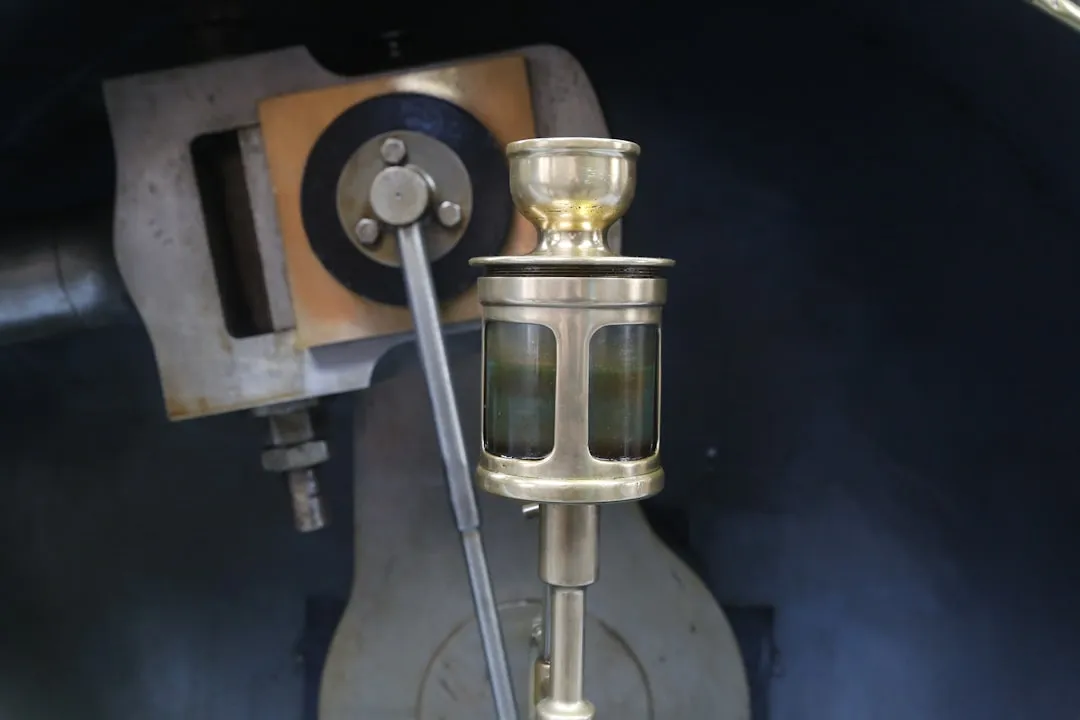
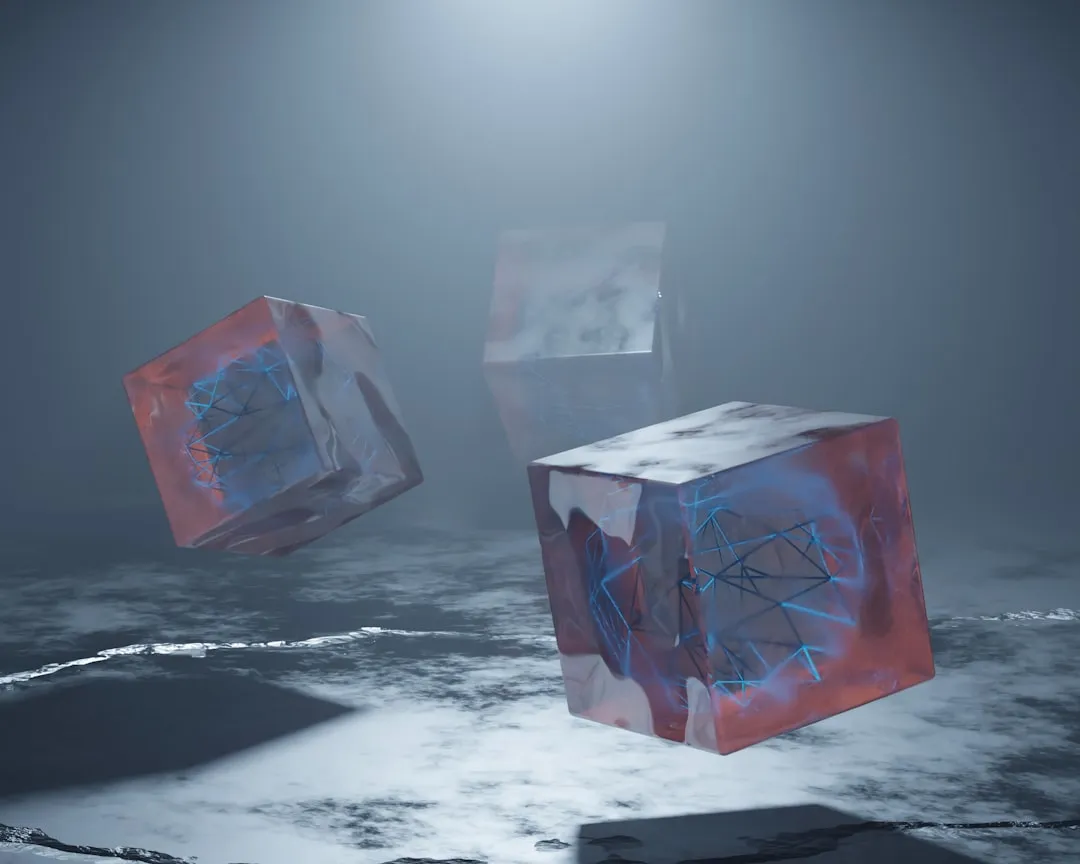

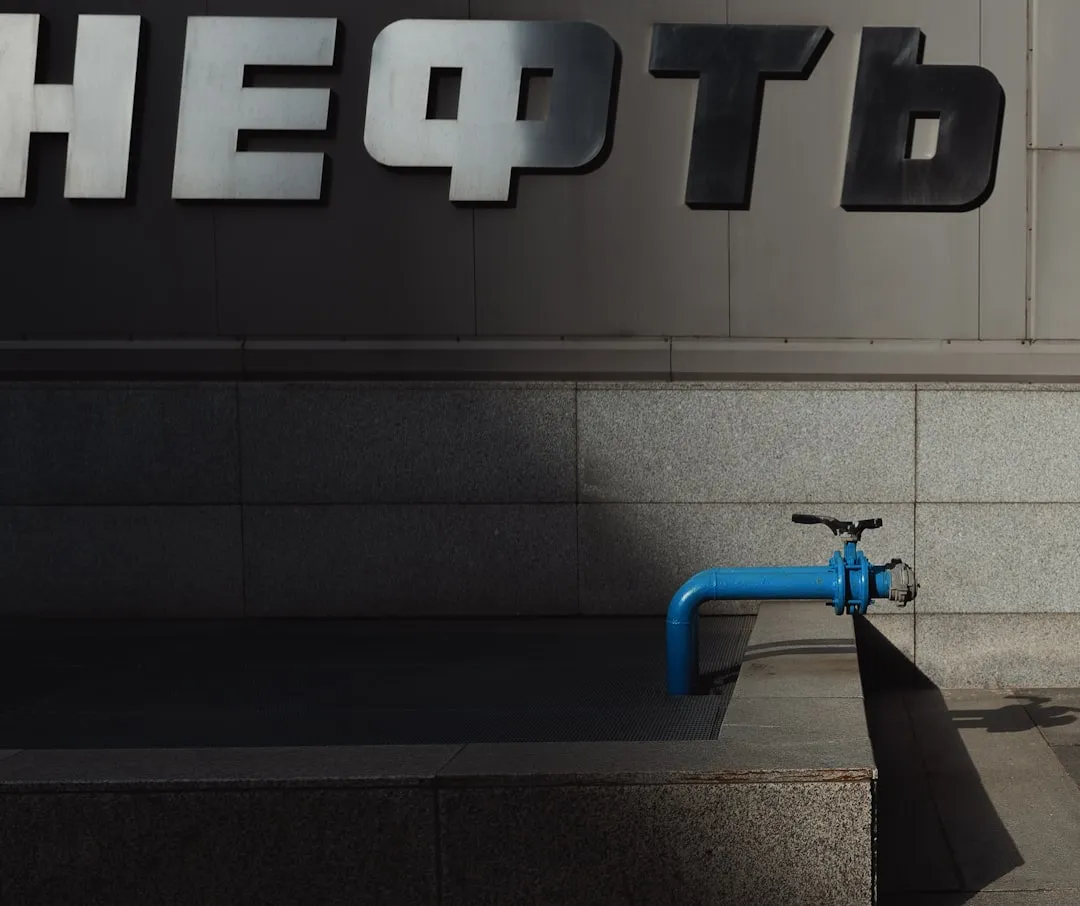

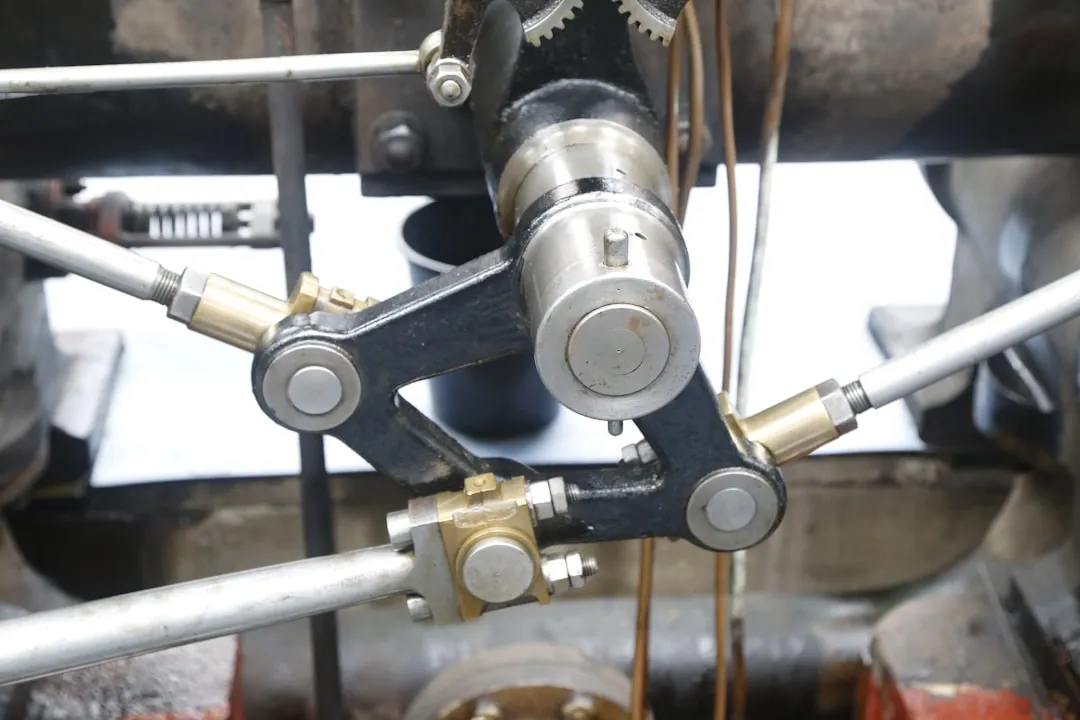

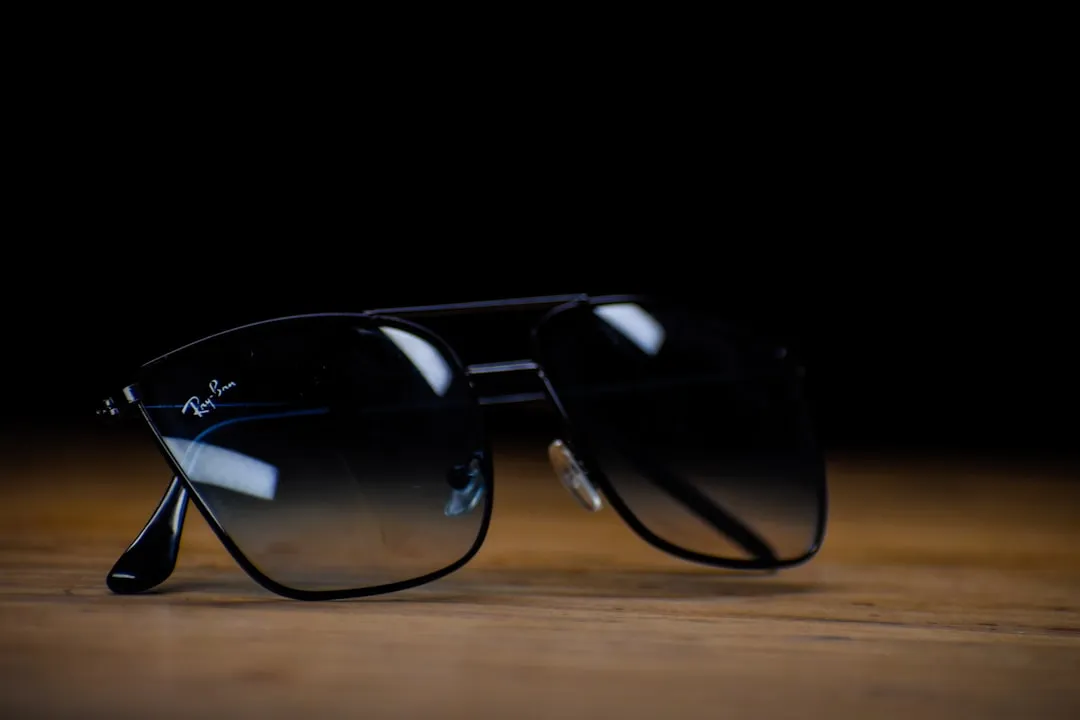


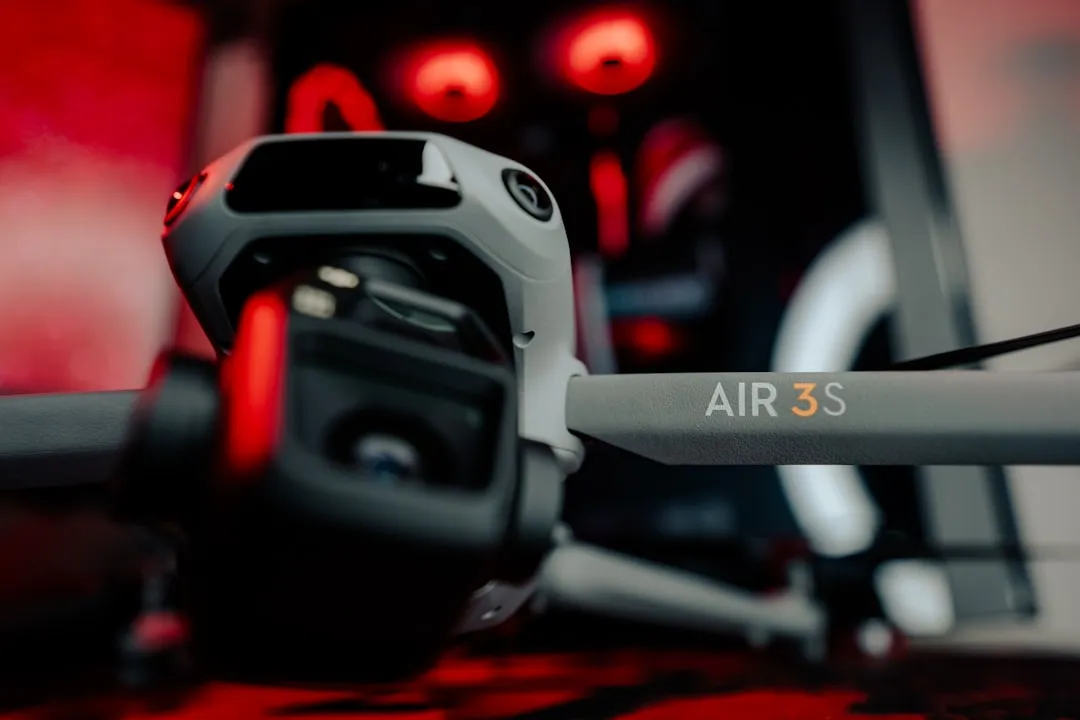


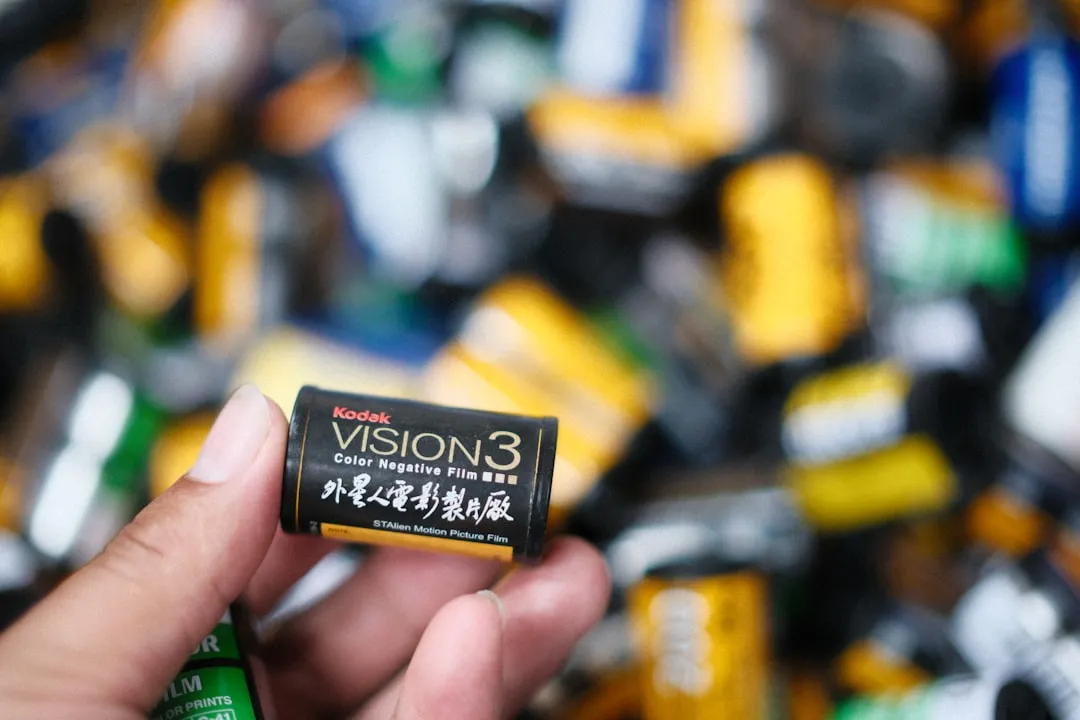
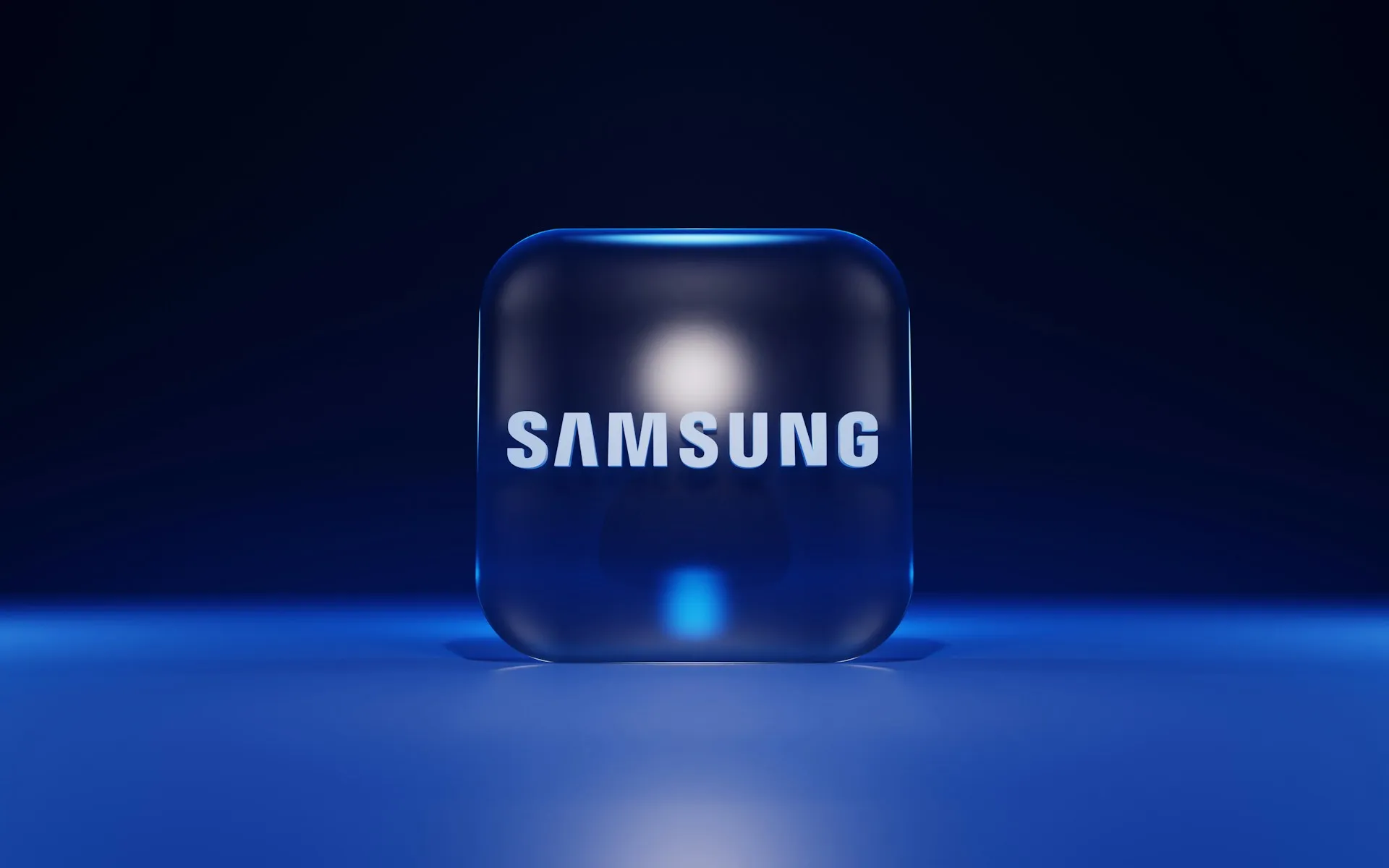
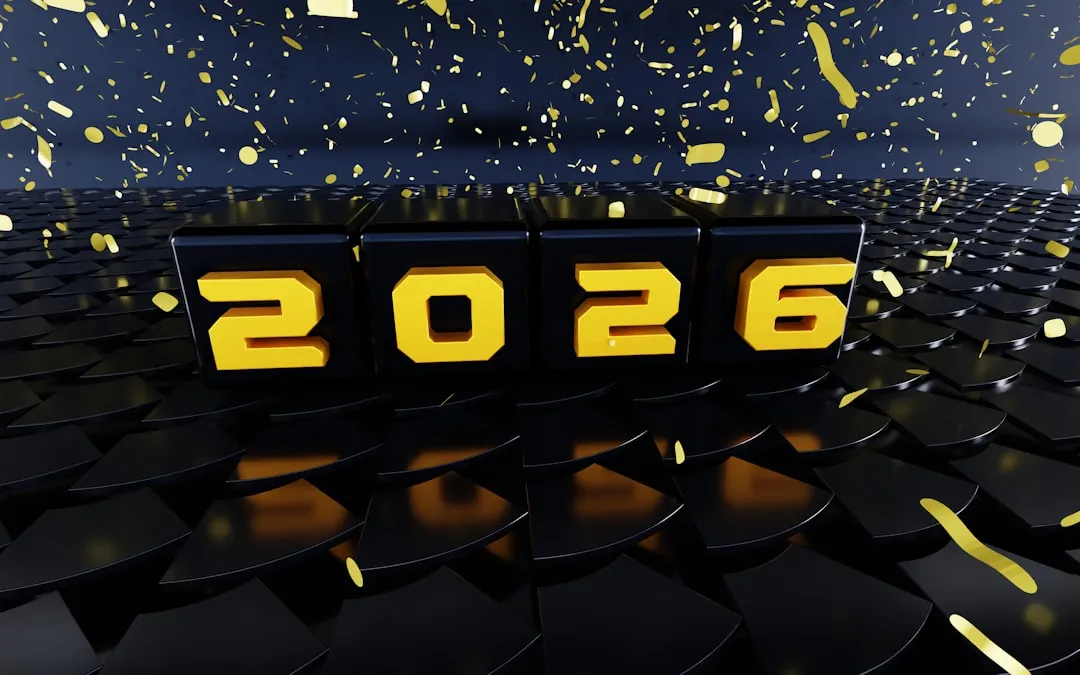
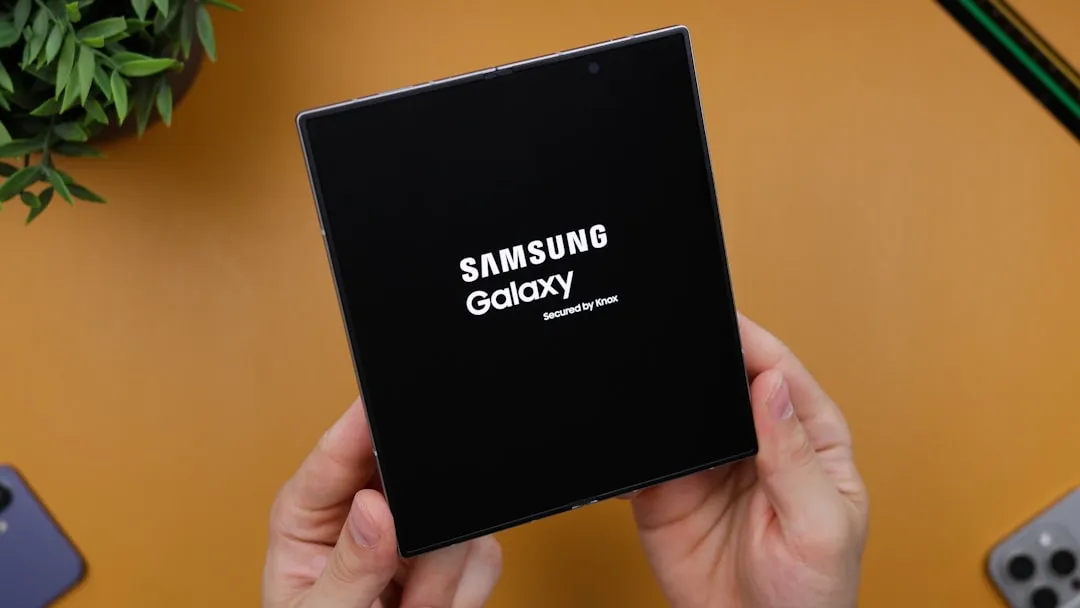

Comments
Be the first, drop a comment!